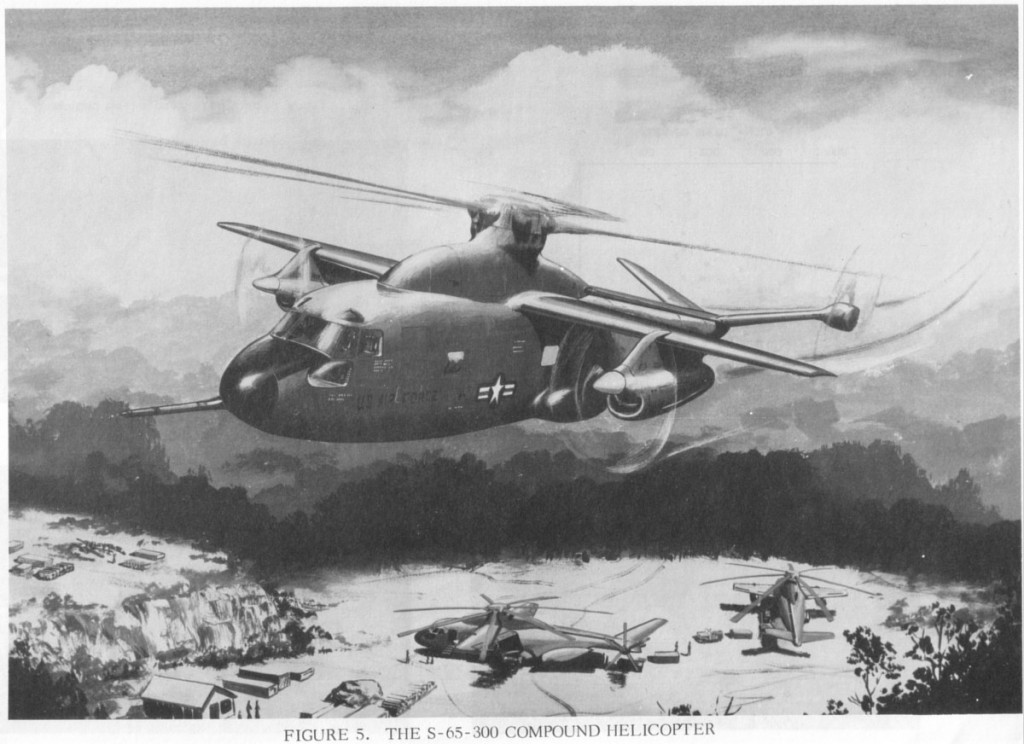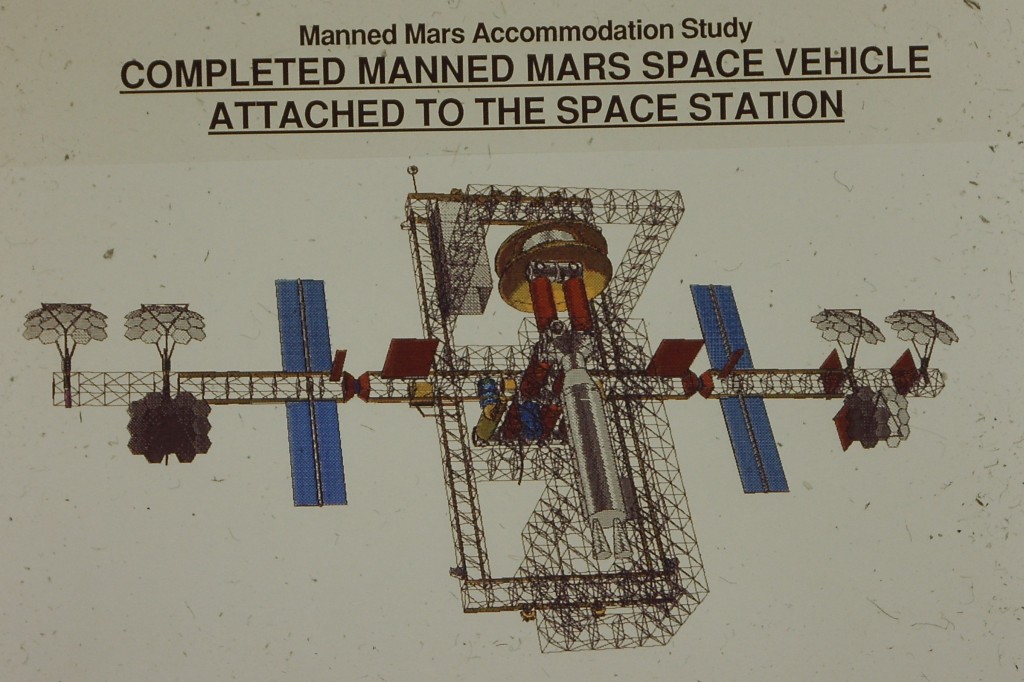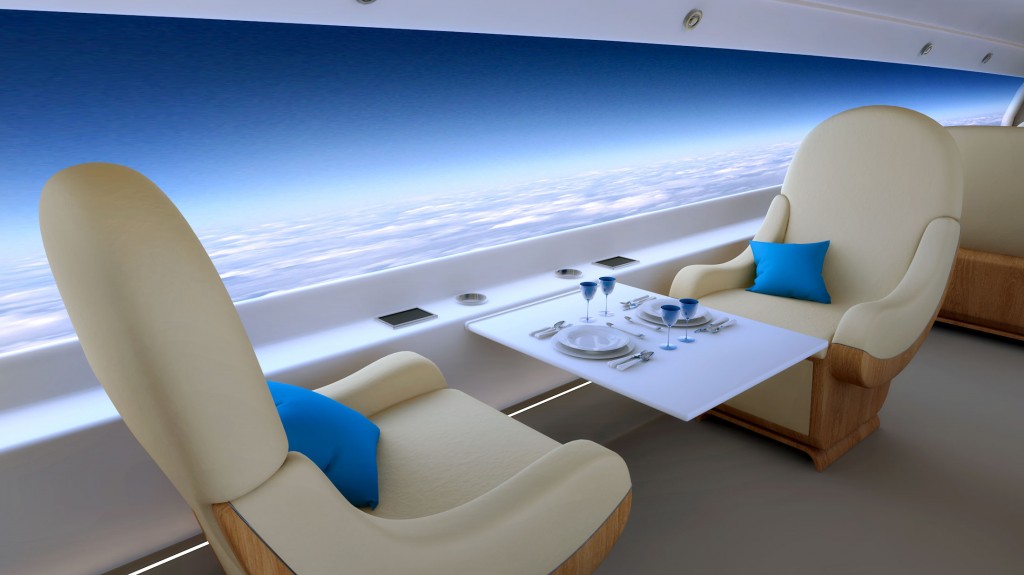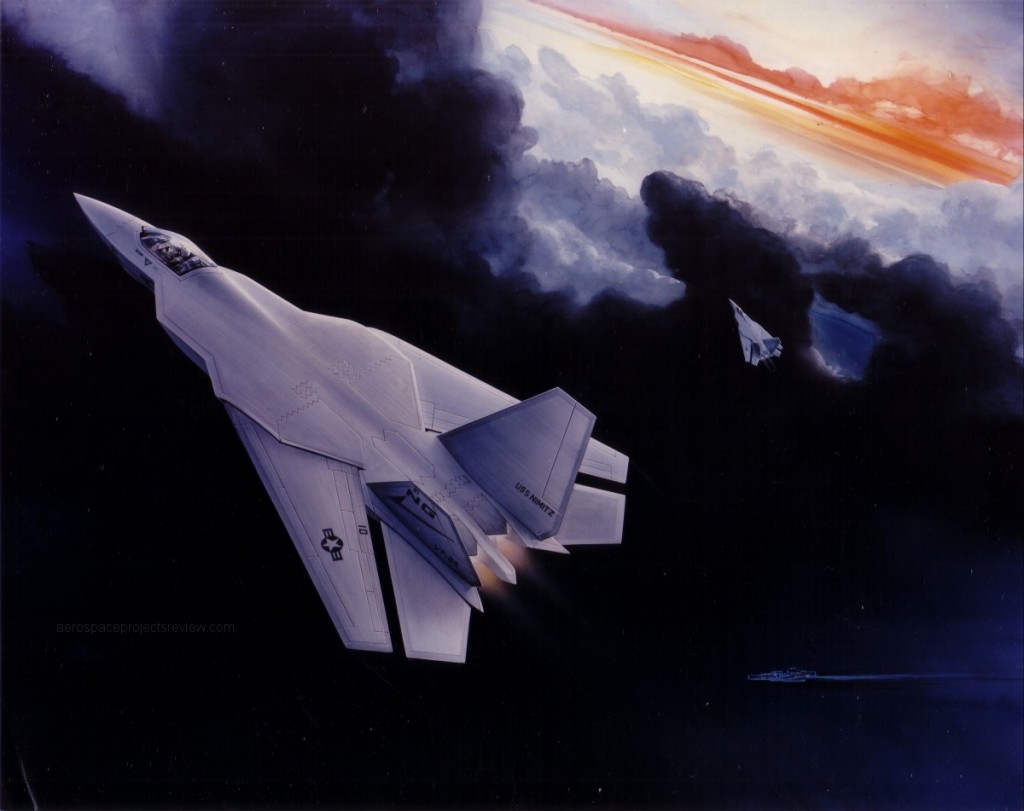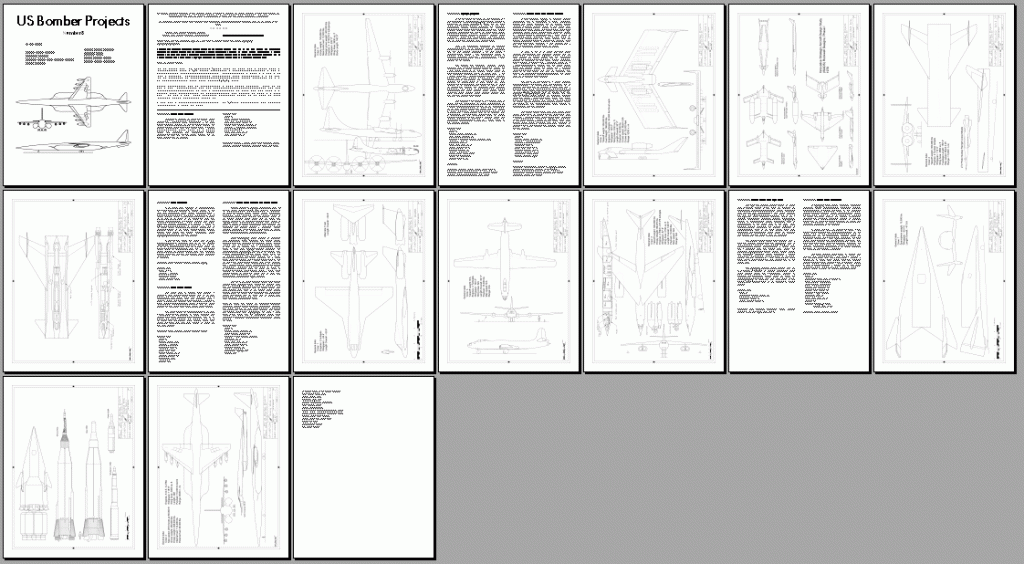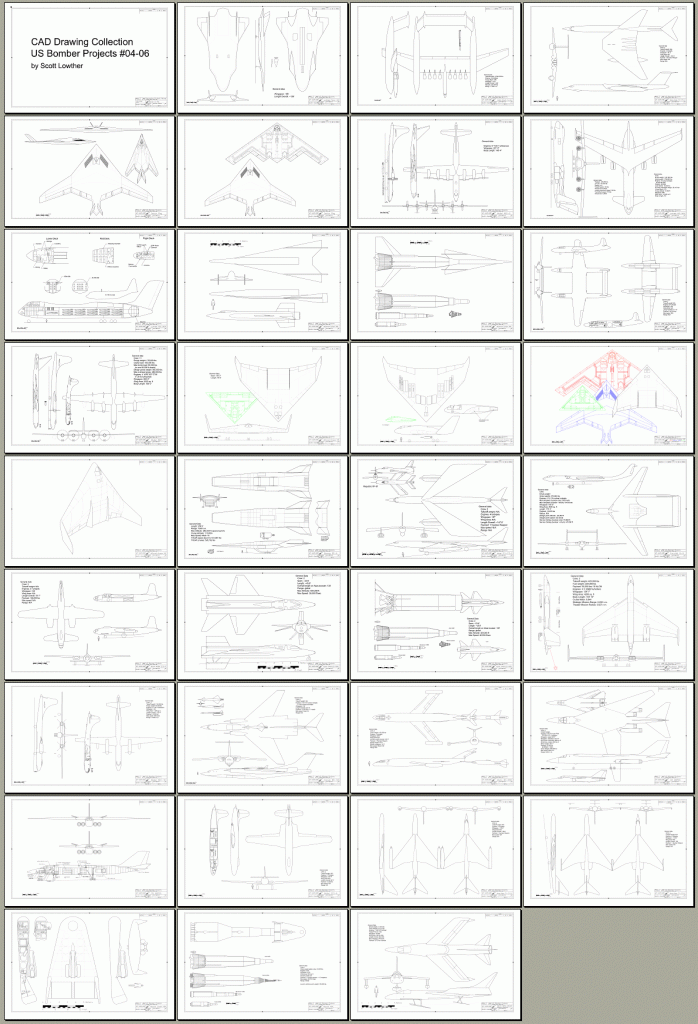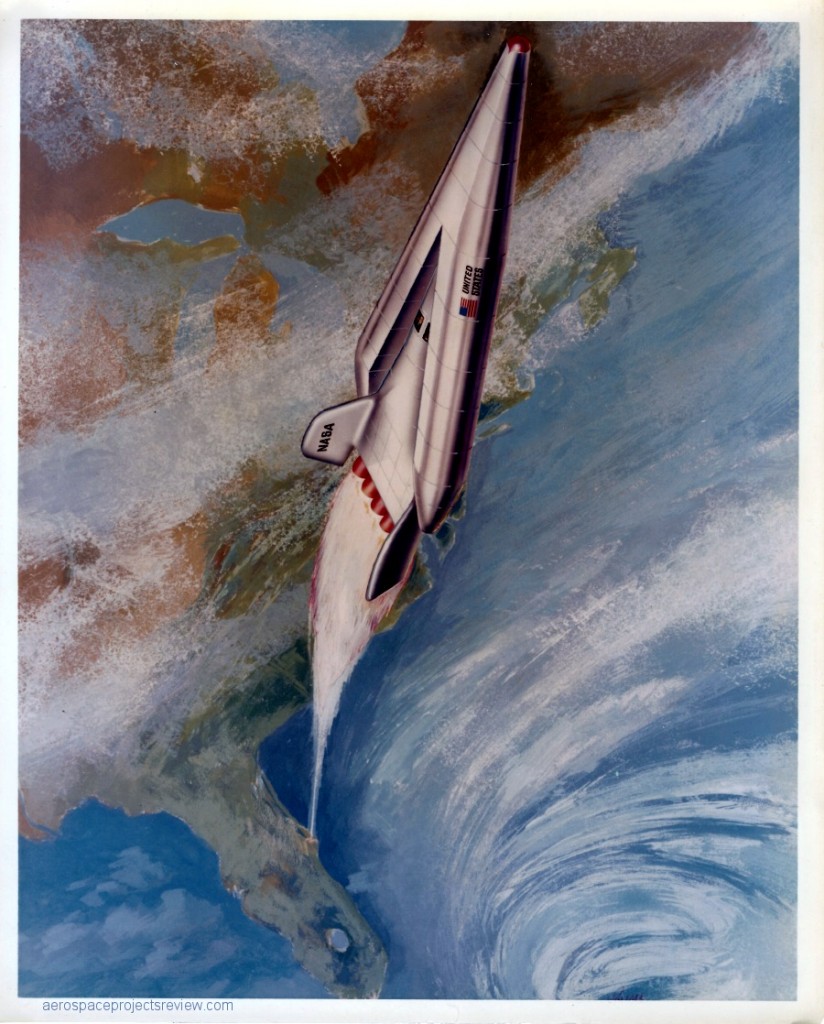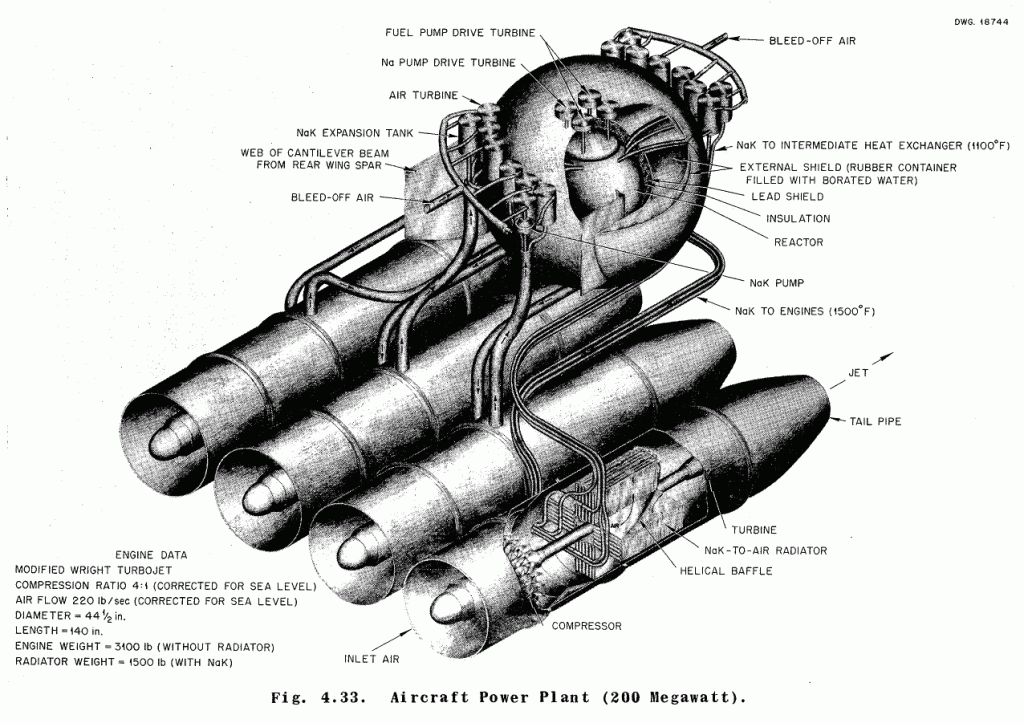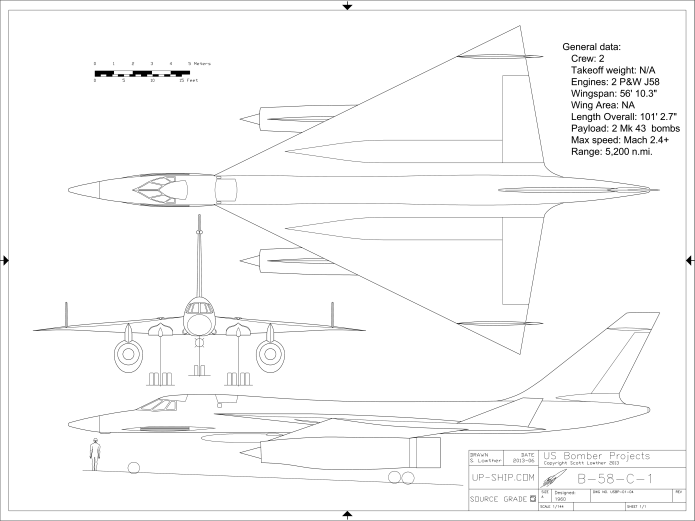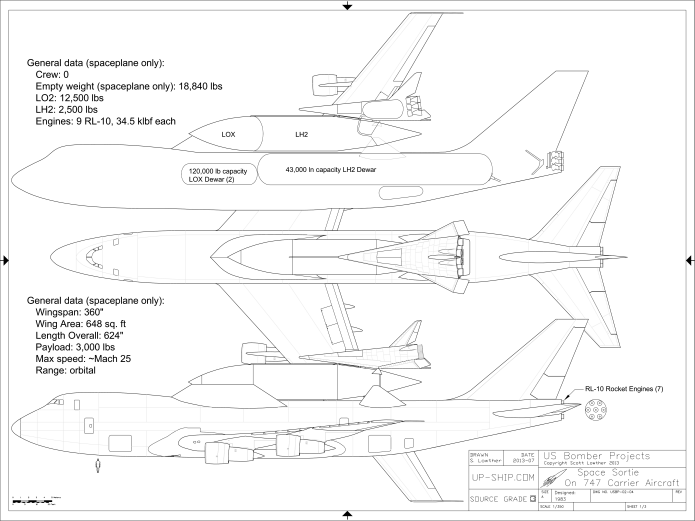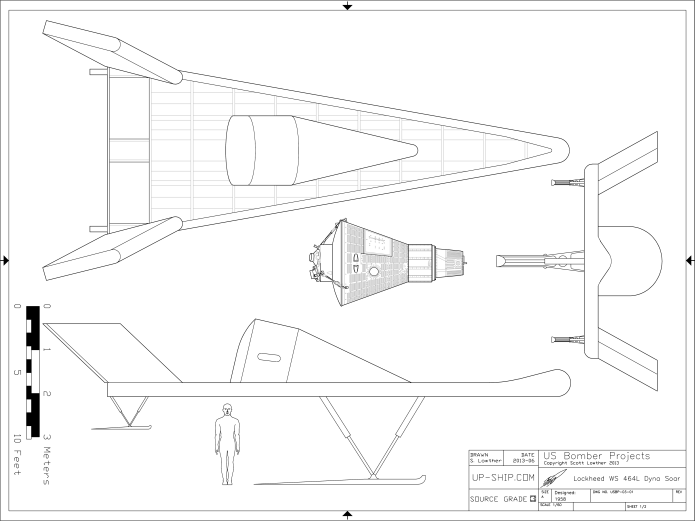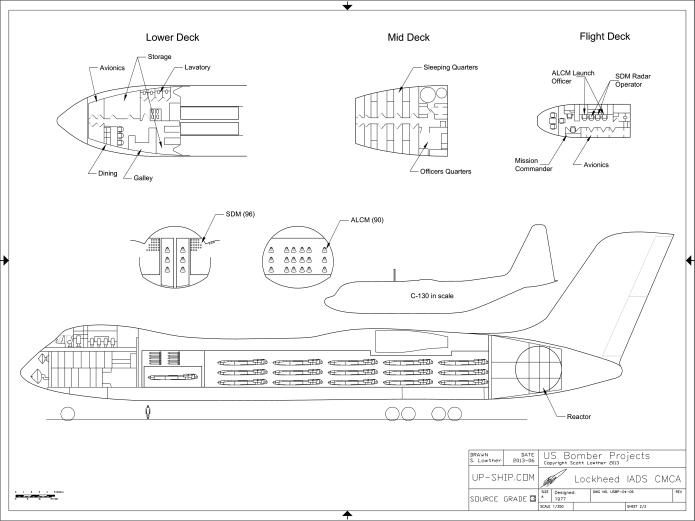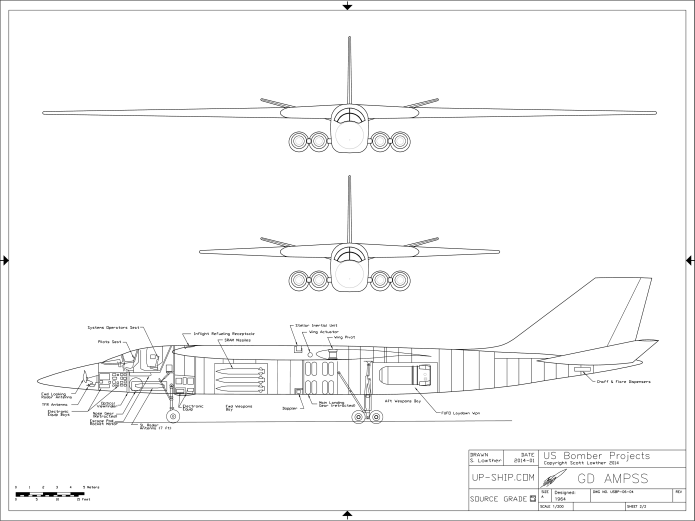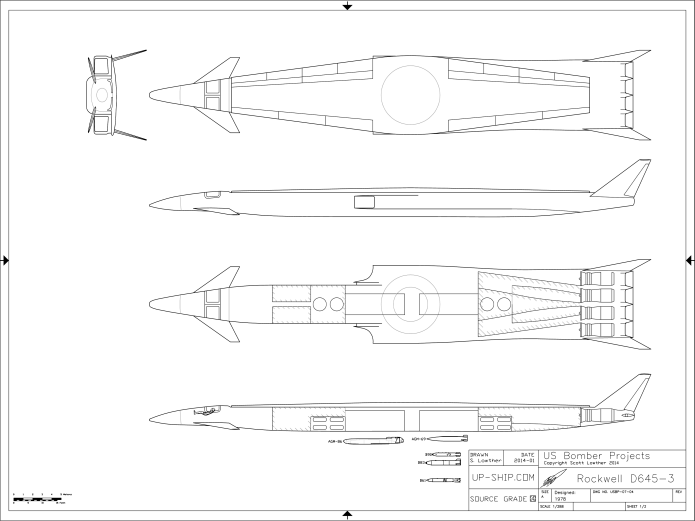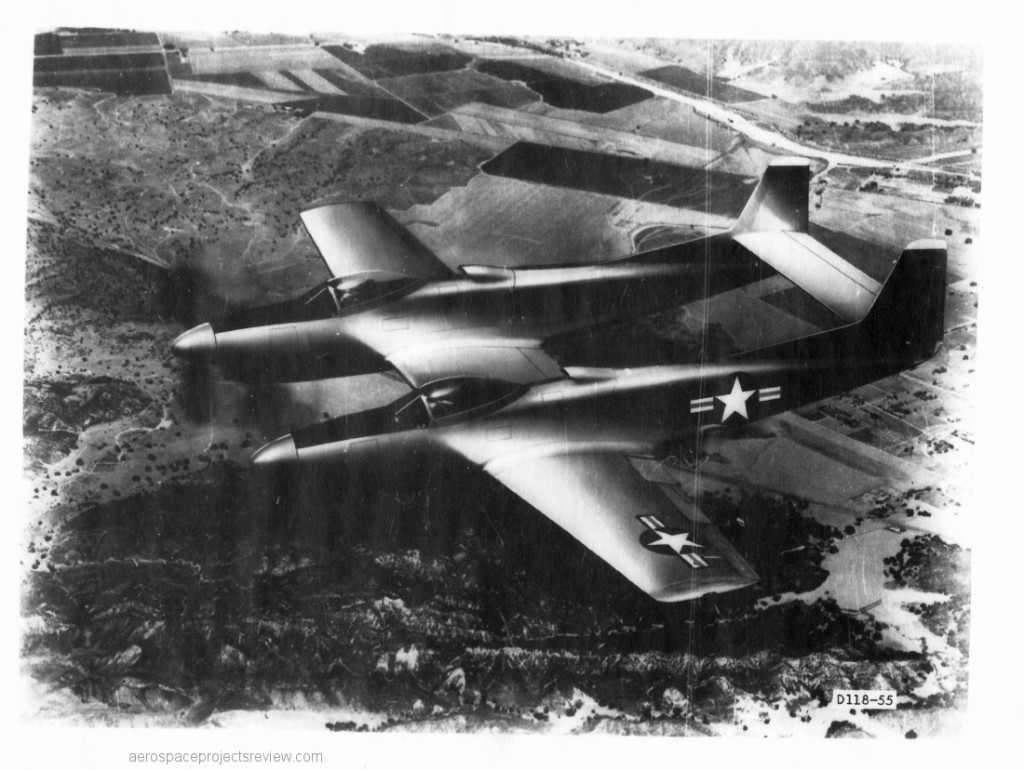Sikorsky spent several years in the 1960’s trying to sell the S-65 helicopter concept. The S-65 was different from conventional helicopters in that it was a “compound” helicopter… fitted with wings to offload the rotor at high speed and turboprops to boost the top speed. Several versions were proposed, including both civilian and military. At the time, civilian passenger transport by helicopter was thought to be a reasonable proposition, typically moving people from outlying districts to large metropolitan airports, or from one city to the next a hundred or so miles away. The S-65 would have been substantially faster than conventional transport helicopters, but Sikorsky was unable to generate enough interest to go ahead with development.
A bit of NASA art (same source, and likely same date, as THIS) depicting the late ’80’s Dual Keel Space Station configuration being used as a construction site for a Manned Mars vehicle. Considerable modification to the Station itself would be made to turn it into a functional assembly area. Note that it uses both photovoltaic and solar dynamic power sources.
Spike Aerospace, about which I know approximately nothing, wants to build a Mach 1.6 SSBJ known as the S-512. For a SSBJ, it’s a fairly conventional design. However, what’s getting it some press is the idea that it won’t have any passenger compartment windows; instead, it will have a long window-like high-def display strip which will show an external view.
While it looks spiffy in the PR art… unless this display is some sort of sci-fi holographic display, it will looks distinctly “off” compared to a real window. If you are up front, for example, and you look out the “window” well aft, rather than showing you a view looking aft, it will show you a view looking off to the side.
Someday I imagine materials tech will be such that an actual window strip can be made for pressurized aircraft. And that… will be odd.
If the computer generated artwork on their site is anything to go by (and it may not be), the design does not seem to be very far advanced. The landing gear, for example… yeesh. Span is 60 feet, length 131 feet; 12 to 18 passengers; cruises at Mach 1.6, dash at Mach 1.8; MTOW = 84,000 lbs; engines, 2 P&W JT8D; range 4000 nautical miles. There are a few sonic boom-fighting elements… long nose, engines hidden above the fuselage, reduced number of surfaces. But it remains to be seen if the FAA would allow supersonic overflight of land areas in the US.
Around 1990, the US Navy considered an F-14 replacement based on either the F-22 or F-23 designs, the Navy Advanced Tactical Fighter (see Aerospace Projects Review issue V3N2 for a whole lot on the Northrop NATF-23). The Lockheed NATF-22 designs seems to have never been fully nailed down, but instead was constantly in flux. But the basic idea was that it would be a navalized version of the F-22 with swing-wings akin to those of the F-14. However, the Navy gave up on the idea in 1992.
Lockheed NATF-22 artwork (via Jay Miller archive)
Side note: if anyone might happen to have good data on the NATF-22 (more than the stuff that showed up in magazines and such at the time), please contact me.
Now available:
Issue number 08 of US Bomber Projects is now available (for background, see HERE). This issue includes:
- Boeing Model 464-27: a slightly-swept turboprop B-52 progenitor
- Rockwell D645-6: A minimum-weight spanloader missile carrier
- Martin Mach 4.25: A large, manned nuclear ramjet
- Boeing Model 484-2-2: A swept-wing, slightly supersonic B-58 competitor
- Douglas System 464L: A many-surfaced Dyna Soar spaceplane
- Martin Model 223-8: a 1944 step on the road to the XB-48
- Boeing Model 801-11A: A Mach 3.5 hydrogen fueled design of incredible range
- Martin MAMBA: A mid-1960’s A-10-analog
USBP#08 can be downloaded as a PDF file for only $4.25:
——–
———
—————————-
Brand new: larger format drawing collections
The CAD drawings created for USBP reformatted an rescaled for 11X17 collected in separate volumes. Drawings have in some cases been corrected, improved and added to.
USBP 11X17 01-03 collects the diagrams created for issues 01, 02 and 03, including:
Rockwell D 645-1; NAA 1495-25 PAMSS; Boeing Model 701-273-0; Convair B-58-C-1; Lockheed CL-2102-2; Lockheed Model 195-A-13; Martin Model 223-1; Boeing Model 444 A; Rockwell D 645-1: LH2; NAA High Performance Penetrator; Boeing Model 701-273-1; Lockheed GL-232; Boeing Space Sortie; Martin Model 223-2; Boeing Model 461; Northrop Low Altitude Penetrator; Rockwell D 645-4A; Lockheed System 464L; Convair Mach 4 “Rollover;” Boeing Model 701-273-3; Boeing HSCT Model 1080-854; Martin Model 223-3; Boeing Model 462
USBP11x17-01-03 can be downloaded as a PDF file for only $11:
——–
———
————————-
USBP 11X17 04-06 collects the diagrams created for issues 04, 05 and 06, including:
McDonnell System 464L; Lockheed-Martin Falcon; Lockheed Senior Peg; Boeing Mobile Missile Carrier; Boeing Model 701-273-4; Lockheed Cruise Missile Carrier; Boeing Model 462-5; Martin Model 223-4; McDonnell-Douglas ATB; McDonnell-Douglas/Boeing DF-9; Boeing Model 701-273-5; Fairchild N-9; Martin Model 223-5; Rockwell D645-5;North American 464L; Boeing Model 464-17; Boeing Model 464-18; Convair WS-125A; Martin MX-2092; GD AMPSS; Republic System 464L; Martin Model 223-6; Boeing Model 701-273-6; Martin Water-Based Attack Aircraft
USBP11x17-04-06 can be downloaded as a PDF file for only $11:
——–
———
A piece of NASA artwork depicting the STAR Clipper, a Lockheed concept for a 1.5 Stage To Orbit space shuttle. Date is uncertain, probably in the 1967-1969 timeframe. Much more on the STAR Clipper can be found in Aerospace Projects Review issue V3N2.
I usually don’t just repost aerospace projects from other websites, but what the heck: An illustration of a 200 megawatt nuclear powerplant for aircraft. This single-reactor, four-turbojet engine would have been installed in a highly modified B-36 or B-60.
This powerplant is very similar to the General Electric powerplant intended for the X-6, which consisted of an R-1 reactor and a P-1 powerplant… four modified General Electric J47 turbojets. However, here the reactor is spherical rather than the R-1’s cylindrical, and the engines are described as Wright engines rather than GE. Wright was not a major designer of turbojets… this drawing might show engines based on the Wright J67, which was a license built version of the British Rolls-Royce Olympus. This nuclear turbojet concept is probably form fairly early in the design process.
The basic concept was simple enough. The reactor would replace chemical jet fuel by putting a heat exchanger where the turbojet would normally have a combustor. In order to get the heat from the reactor to the heat exchanger, a NaK (an alloy of sodium and potassium) would be used. NaK has the convenient feature of being liquid at room temperature (freezing at -11 Celcius), boiling above 785 Celcius. This means that in most conditions, even with the reactor off, the liquid in the pipes won’t freeze, and the liquid will stay a liquid, capable of carrying considerable thermal energy, at usefully high temperatures. On the other hand, NaK has the unfortunate problem of having a serious hatred for water and oxygen, merrily exploding in contact with either (especially at high temperature). If your nuclear engine springs a leak… watch out.
Here are selections from each US Bomber Project issue released so far, plus one from the next issue (#8). Remember, full issues are only four bucks a pop…
For the next few days blogging might be a bit sparse as I work on the next issues of Aerospace Projects Review and US Bomber Projects. Usually when I release one of these, I get a *few* emails, generally complementary, sometimes asking for clarification or pointing out editing/spelling errors, that sort of thing (and with APR, “make go more faster”). I very rarely get “why don’t you include this” or “why don’t you do that” messages. Well… discuss. What would you like to see new and/or different in APR and/or USBP?
Also: the perpetual problem I have with both of these is lack of public knowledge of these titles. Heck, when I did “The Space Show” interview two months ago, I expected a slight bump in business… but sales (and views of the APR blog) actually went *down* slightly in the week afterwards. Damned if I can figure that out. So if anyone has any suggestions on how to get some press for these little endeavors, I’d appreciate ’em. And of course, an increase in interest & sales will mean an increase on *my* part in producing these things faster, so if you want APR and USBP issues at a faster clip, here’s how to get it done.
A North American Aviation concept for a highly modified P-82, dating from 1949. The piston engines would be removed and replaced with Allison XT-38 turboprops. The engines would be located mid-fuselage, necessitating that the cockpit would have to be moved well forward of their normal position. The end result would be a plane that weighed the same, gave the pilots better views and went substantially faster.
This one may show up in a future issue of USBP, as the intended role was ground attack.
